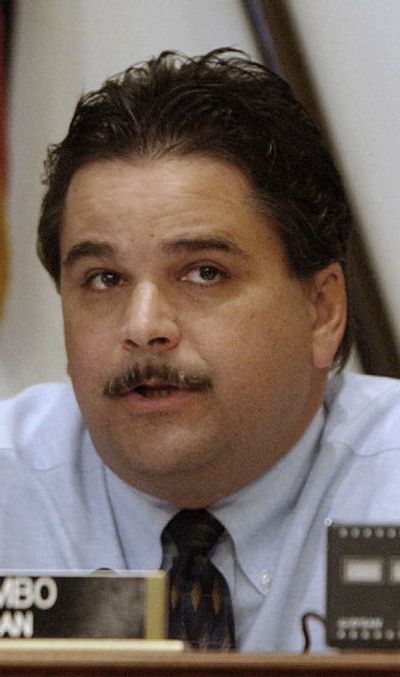Arctic oil drilling debate picks up

WASHINGTON – Proponents of drilling in the Arctic National Wildlife Refuge are seizing on last week’s shutdown of oil giant BP’s Alaska drilling operations to renew their push in Congress to expand petroleum exploration and production.
Domestic drilling will be on the agenda when Congress returns in September. Negotiators in the House of Representatives and the Senate will begin trying to narrow their differences on two bills that call for expanded drilling on the U.S. Outer Continental Shelf.
Neither of these bills has provisions for drilling in ANWR, but Rep. Richard Pombo, R-Calif., the chairman of the House Resources Committee, is expected to hold hearings on the American-Made Energy Freedom Act. The bipartisan House bill proposes to open 1.5 million coastal acres of the 19 million-acre refuge to limited drilling.
The U.S. Geological Survey thinks there’s a 50 percent chance that 10.3 billion barrels of oil lie below those 1.5 million acres. More than 15 billion barrels already have been pumped out of nearby Prudhoe Bay.
Opponents of opening ANWR argue against putting at risk a fragile ecosystem that’s home to migratory birds, native bears and large caribou populations. They often point to the Exxon Valdez, an oil tanker that struck a reef outside Alaska’s Prince William Sound in 1989. The spill of millions of gallons of oil contaminated coastlines and killed scores of wild animals.
Proponents of opening at least part of ANWR argue that it offers a reliable source of oil that would help cushion shocks from accidents or political turmoil.
Pombo and other advocates of opening the refuge argue that if drilling there had been authorized a decade ago, there’d be a supply cushion that could have prevented the $2-per-barrel spike in world oil prices last week after BP announced that it was shutting down its Prudhoe Bay field to repair corroded pipelines.
Experts agree that if there’d been more U.S. production at ANWR, the global oil supply wouldn’t be as tight as it is today. The Paris-based International Energy Agency said Friday that spare oil-production capacity across the globe was dangerously tight at about 3 million barrels per day (mbd).
“It is oil without political risks,” said Peter Beutel, who heads the energy consultancy Cameron Hanover in New Canaan, Conn.
Some experts, however, say that while Alaska’s North Slope may be a more dependable source of oil than, say, Iran, Iraq, Saudi Arabia, Nigeria or Venezuela, developing it would only add to a coming oil glut. The Pulitzer Prize-winning oil historian Daniel Yergin, for one, thinks that a giant global oil cushion is just around the corner.
The high price of oil, they argue, has sparked investment in lots of traditional and nontraditional sources of oil. These include drilling deeper for oil under the ocean floor, boiling oil from sands in Canada’s province of Alberta, drilling off the coasts of Brazil and West Africa, and a bevy of new projects in former Soviet republics and the Caspian Sea basin.
In a June 2005 private report, the Cambridge Energy Research Associates, which Yergin runs, concluded that oil supplies may exceed demand by 7.5 mbd by 2010. Last week, Yergin upped his projections for new oil projects coming online.
“Based upon our field-by-field examination of current activity and of 360 new projects that are either under way or very likely, we see capacity growing from its current 89 mbd to 110 mbd by 2015, a 25 percent increase,” Yergin wrote in the Wall Street Journal’s opinion pages on Aug. 9.
Those new sources could result in overproduction and lower prices within three to five years, said Yergin, who said the projected increases “would go a long way to meeting the growing demand from China, India and other motorizing countries.”